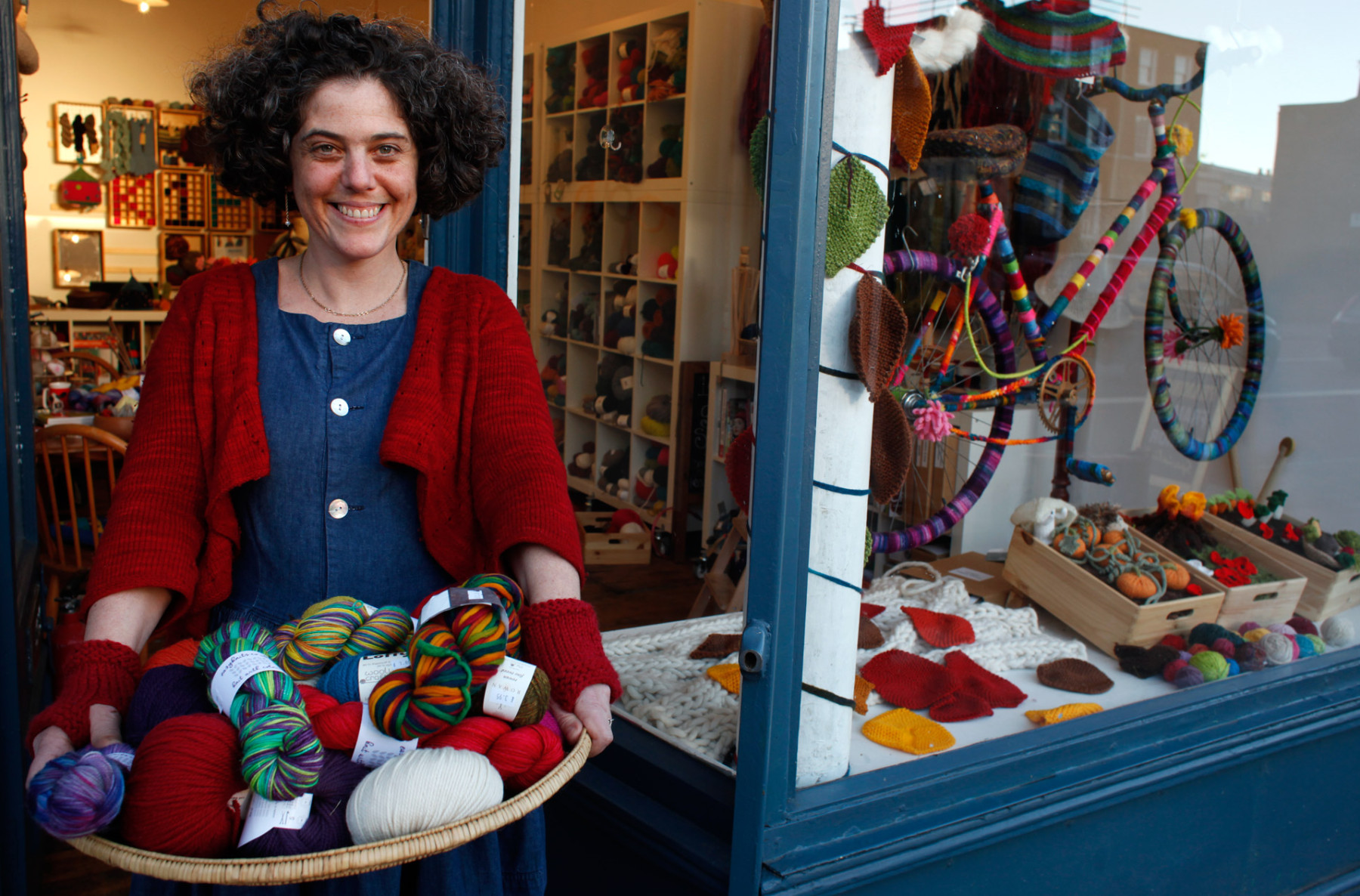“I sometimes think it would be nice to tell my grandma about everything I do now with the foraging and the dyeing. It comes from what she and my grandad taught me.“
Emma Kylmala, also known as The Town Dyer, is a Finnish plant dyer who has made her home in west London. She’s talking to me about the origins of her natural dyeing work and the part that her grandparents played in the story.
“When we were younger we’d go to the summer house. I learned fishing, I went foraging with them for mushrooms and blueberries in the forest in Finland… my grandma was always knitting.. All of that has gone into my life of dyeing now. The older I get the more I appreciate everything they did.. Making rag rugs, intricate crocheted bed covers, mending clothes.. it’s just what they did. It was normal.“
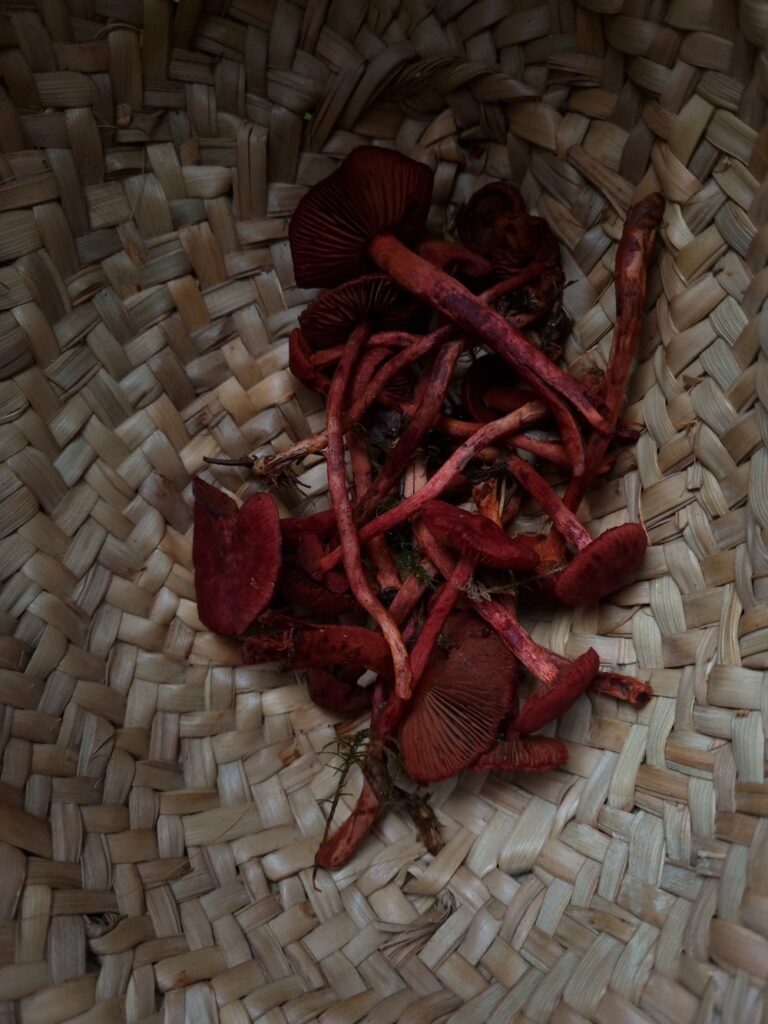
But in spite of her grandma’s best efforts, Emma resisted knitting until she was grown up and expecting her first child. Once hooked, she fell properly down the rabbit hole, and that’s how she found herself some years ago, on a one-day natural dyeing course at a knitting festival .
“We dyed with 4 different things. I was mesmerised by the results and ended up spending the rest of the summer going round the forest collecting dye stuffs and dyeing fibre.”
Once her daughter was old enough to go to nursery, she became a regular visitor at the nearby Royal Botanical Gardens library in Kew, voraciously reading and learning what she could about plants for dyeing.
Initially, dyeing had to fit in around her day job at the Royal Opera house where she was painting and repairing ballet shoes. Her work had always revolved around the theatre – dressing, fixing and preparing costumes for shows. But as her knowledge of plants and skill as a dyer grew, it became clear that her heart was much more with what she did as The Town Dyer even though at the time, it was confined to being a side hustle. As she talks about finally giving up her costume work in favour throwing in her lot with plant dyeing, I feel like she’s explaining the discovery of a vocation as a cultivater, forager and dyer.
“Woad was one of the first dye plants I grew. I saw the plant growing from a seed right through to making blue out of the leaves and I realised I love this process!.. My aim was to create a practice where I don’t buy dye stuffs, and instead grow as much as I can in my garden, and store what I can for future dyeing.”
The consequence for her work, has been an emphasis on dyeing yarn in seasonally available plants which in turn create an annual cycle of colours.
As Wild and Woolly’s range of Town Dyer yarns begins now in October, Emma has used the plants she’s stored from the summer as well as newly harvested dyestuffs..
“I’ve got lovely golden browns and dark browns from walnuts and hawthorn has given me pinky shades. Before the summer got going I collected kilos of weld from the fields nearby and they’ve given me some lovely punchy neon yellows...
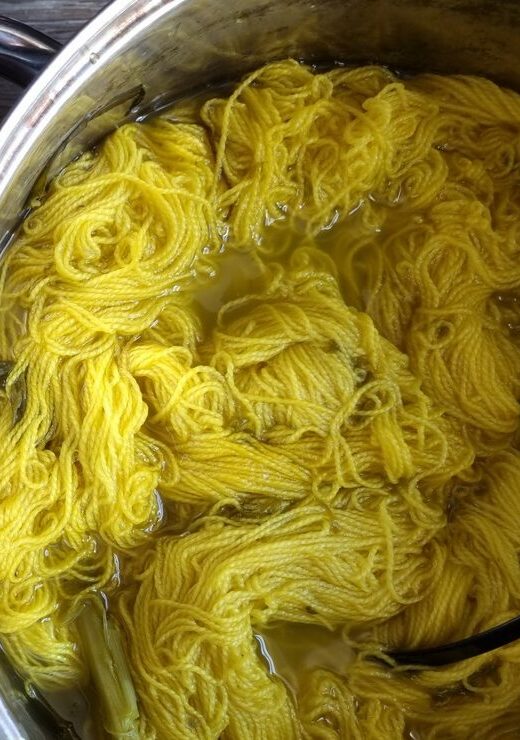
I’ve also been acorn dyeing, and then layering that with indigo to create a more navy blue. When you layer autumn plants like acorn and walnut with madder and indigo, you can create much warmer colours. Over-dyeing with indigo lets you see the walnut or eucalyptus or whatever is underneath, shining through.”
Emma explains how there’s a small window for getting green from Common Reed. The reed’s dyestuff can’t be stored so needs to be used as soon as it flowers at the end of July.
In the shop I’ve become accustomed to people talking about colour in terms of warm reds, oranges and ochres; and cold blue, greys and turquoises, but this idea of seasonality in terms of the availability of a colour is refreshingly different. For Emma it’s something that makes the dyeing even more exciting..
“I like it that plants are fickle – that the plants decide what colours they’ll give me each year.”
As she talks about her dyeing practice, there’s a pleasing sense of the plants being in charge, with her taking her dyeing cue from a schedule that they dictate. She describes how she needs to wait until October to dig up her madder plant. The madder root takes 3 years to mature so she’s already planted the crop she’ll need for the next two years. This year’s harvest will give her beautiful reds for the winter dyeing.
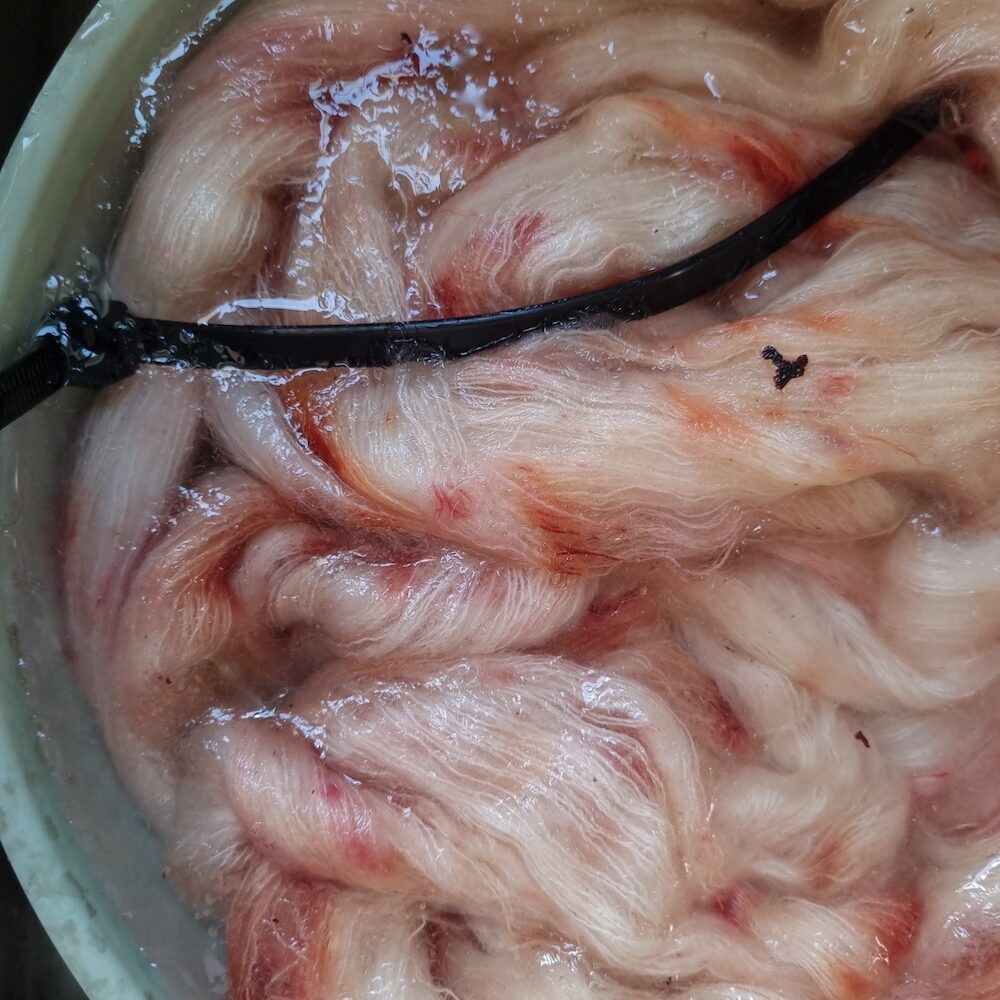
“My flower garden has done really well this year so I’ve done bundle dyeing with marigolds and weld to create poppy orangey yellows.”
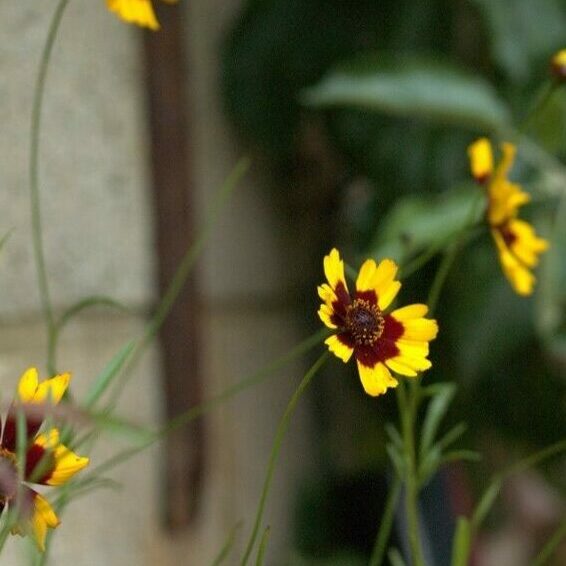
Spring, on the other hand, is when she can start dyeing with young nettles, when the colour is strongest. On its own, nettle will give sagey greens, but layered with indigo, she’s discovered she can get more of a spring-time minty green.
With this peek into the colours to come, I realise that this isn’t just the start of having a new range of hand dyed yarns in the shop. It’s also the beginning of a slowly unfolding story of seasons of colour, and I’m thrilled that we’ve all now got the chance to watch and knit the pallette as it emerges.

